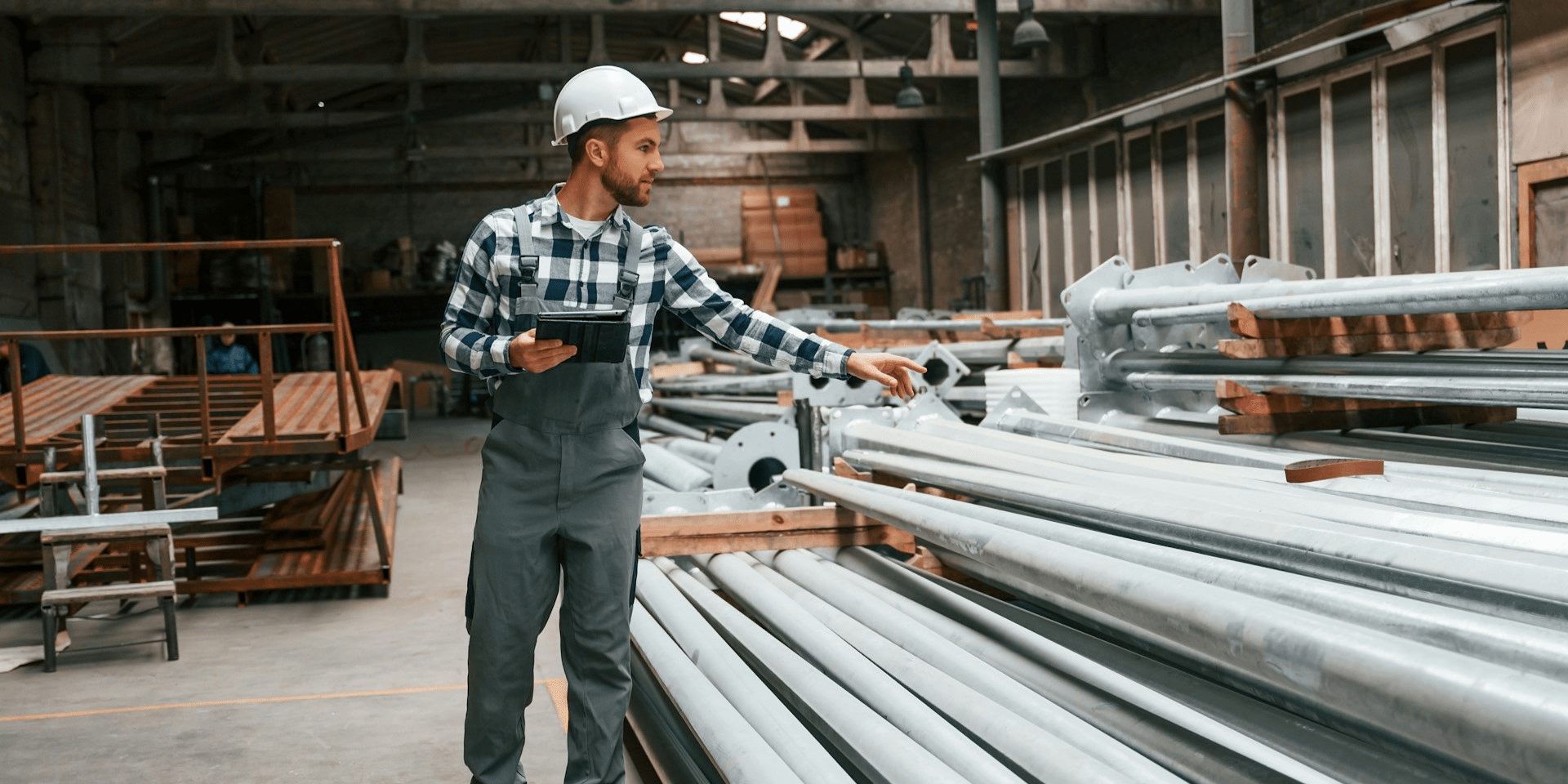In today’s fast-paced work environment, the question of whether a break room is necessary in the office often arises. This discussion is crucial as it directly impacts employee well-being, productivity, and overall workplace culture.
Enhancing Employee Well-being
Break rooms serve as vital spaces where employees can unwind, relax, and recharge during their busy workdays. Providing a designated area for breaks allows employees to step away from their desks, stretch their legs, and take necessary mental breaks. This promotes better overall well-being by reducing stress levels and preventing burnout.
Moreover, break rooms offer employees a sense of autonomy and control over their workday. Having the option to retreat to a break room for a moment of solitude or socialize with colleagues fosters a sense of empowerment and ownership over one’s work environment.
Fostering Collaboration and Social Interaction
Break rooms offer more than just a place to grab a snack or a cup of coffee; they serve as hubs for social interaction and relationship building among colleagues. Informal conversations and interactions that occur in break rooms can lead to the exchange of ideas, fostering creativity, and enhancing team cohesion. These social interactions are essential for creating a positive work environment where employees feel connected and supported.
Furthermore, break rooms provide opportunities for cross-departmental collaboration. Employees from different teams or departments can come together in the break room, facilitating the sharing of knowledge and expertise across the organization. This cross-pollination of ideas can lead to innovative solutions and approaches to challenges faced by the company.
Boosting Productivity and Creativity
Contrary to common belief, taking breaks throughout the workday can actually improve productivity and creativity. Research has shown that regular breaks help prevent mental fatigue and increase focus and concentration when employees return to their tasks. Break rooms provide employees with a designated space to recharge their minds, leading to more innovative thinking and problem-solving skills.
In addition, break rooms can be designed to inspire creativity. Incorporating elements of nature, such as plants or natural light, can stimulate creativity and boost mood. Providing access to art supplies or creative materials encourages employees to engage in activities that promote divergent thinking and fresh perspectives.
Addressing Physical Health Needs
Apart from mental well-being, break rooms also cater to employees’ physical health needs. Having a designated space for breaks encourages employees to engage in healthy behaviors such as taking short walks, practicing mindfulness exercises, or enjoying nutritious snacks. This focus on physical health not only benefits individual employees but also contributes to a healthier and more vibrant workplace culture.
Moreover, break rooms can be utilized for wellness initiatives such as fitness classes or ergonomic assessments. By offering resources and support for maintaining physical health, companies demonstrate their commitment to employee well-being and create a culture that prioritizes health and wellness.
The Contrarian View: Is a Break Room Really Necessary?
While some may argue that break rooms are unnecessary expenses for businesses, overlooking their importance can have detrimental effects on employee satisfaction and productivity. Without a designated space for breaks, employees may resort to taking breaks at their desks, leading to decreased productivity and increased risk of burnout. Additionally, the lack of social interaction opportunities can result in feelings of isolation and disconnection among team members.
However, investing in well-equipped break rooms can yield significant returns in terms of employee engagement, retention, and overall workplace satisfaction. By providing employees with a space to relax, recharge, and connect with colleagues, break rooms contribute to a positive work culture where employees feel valued and supported.
More Than Just a Luxury
In conclusion, break rooms play a crucial role in enhancing employee well-being, fostering collaboration, boosting productivity, and addressing physical health needs in the workplace. Providing employees with a dedicated space to take breaks and socialize not only improves morale and job satisfaction but also contributes to a more vibrant and productive work environment. Therefore, investing in well-equipped break rooms is not just a luxury but a necessity for businesses committed to creating a positive and supportive workplace culture.






